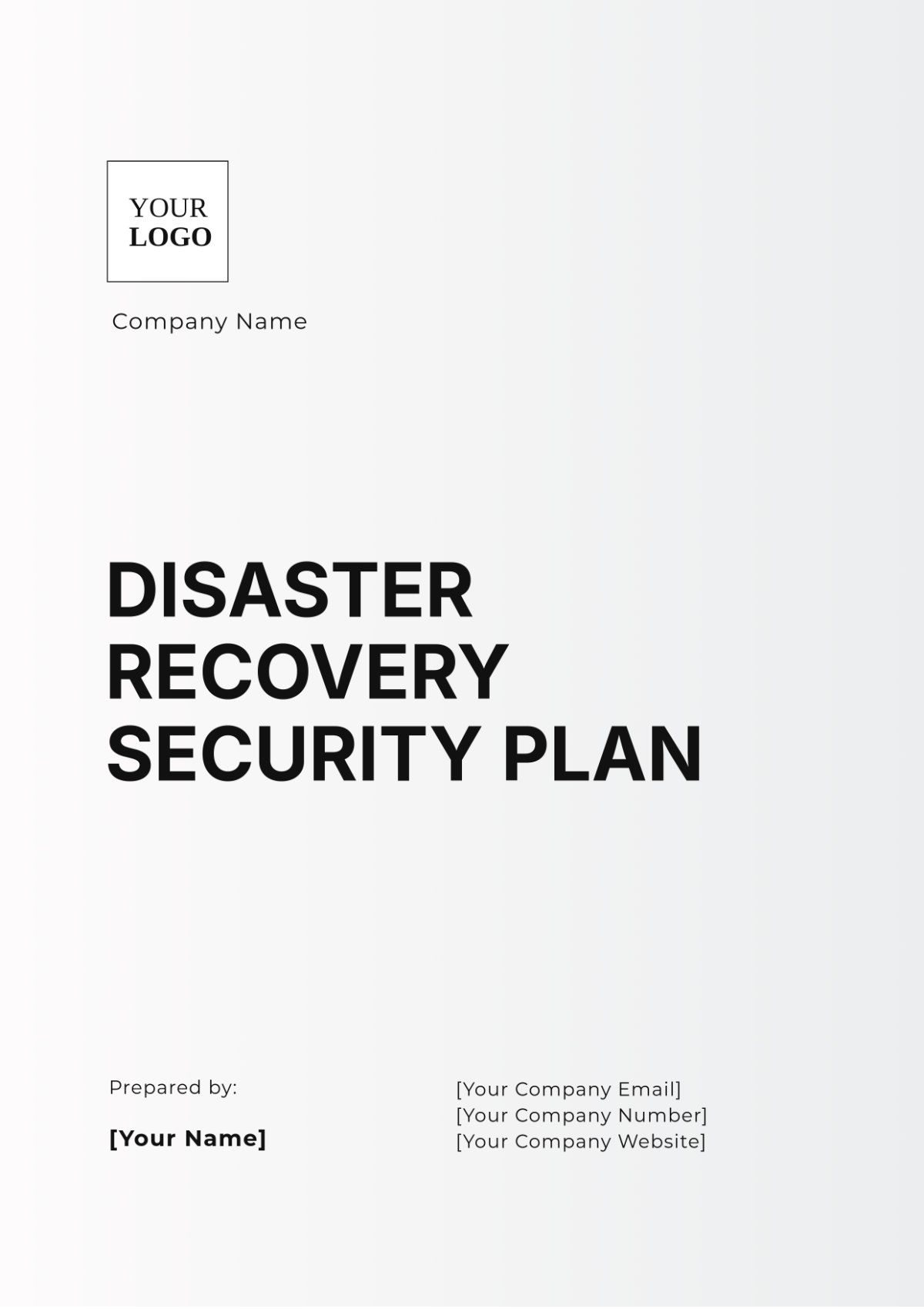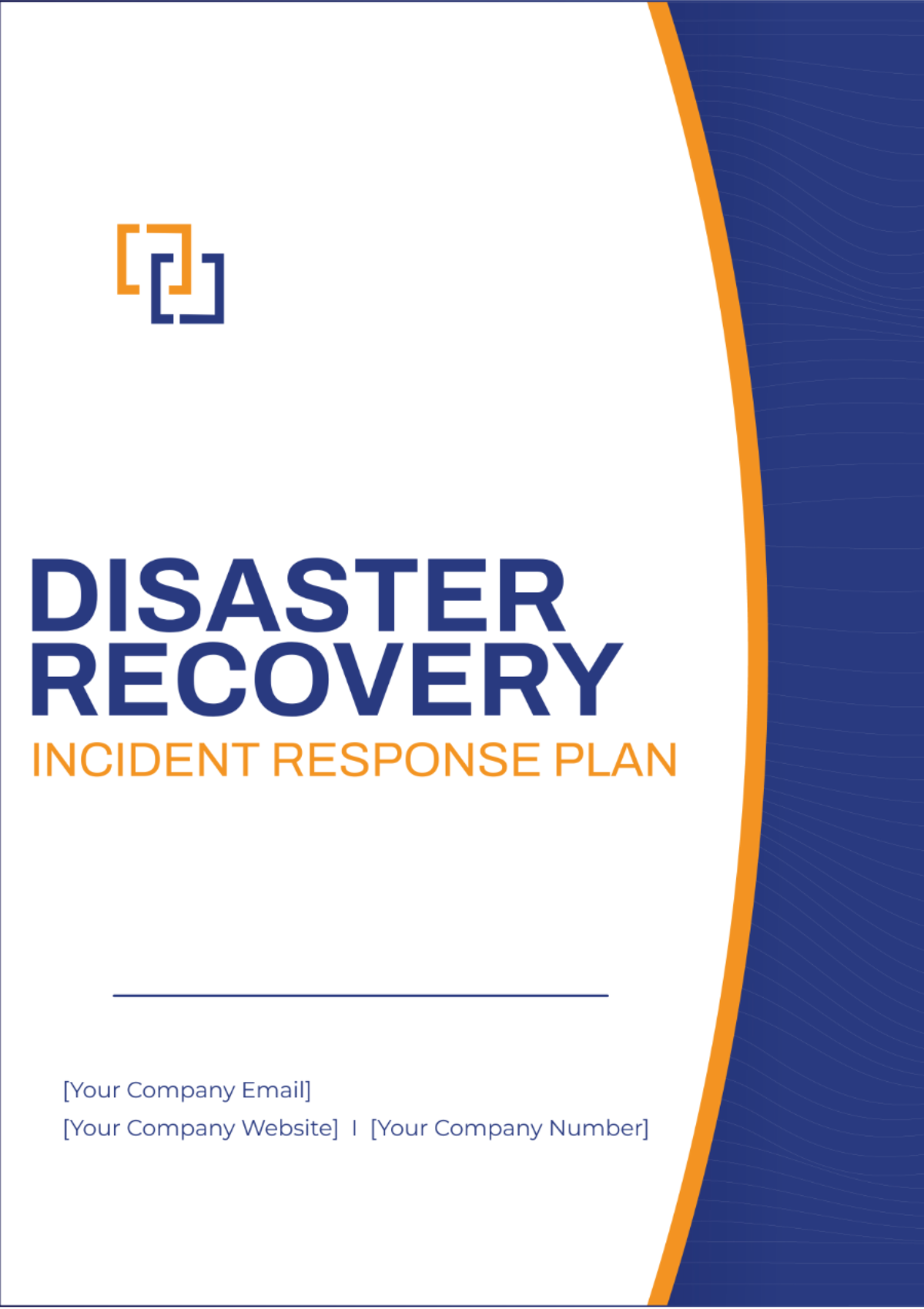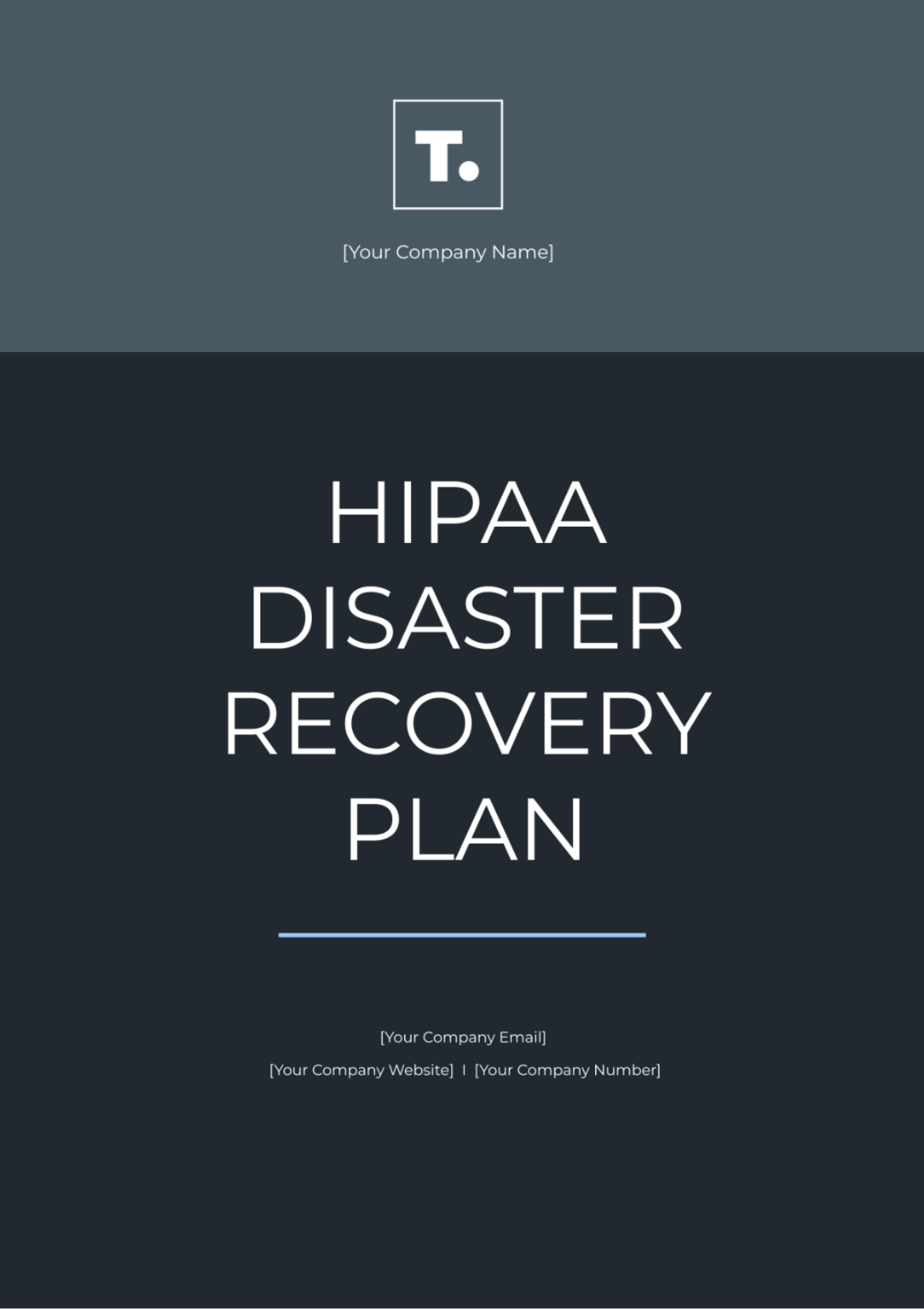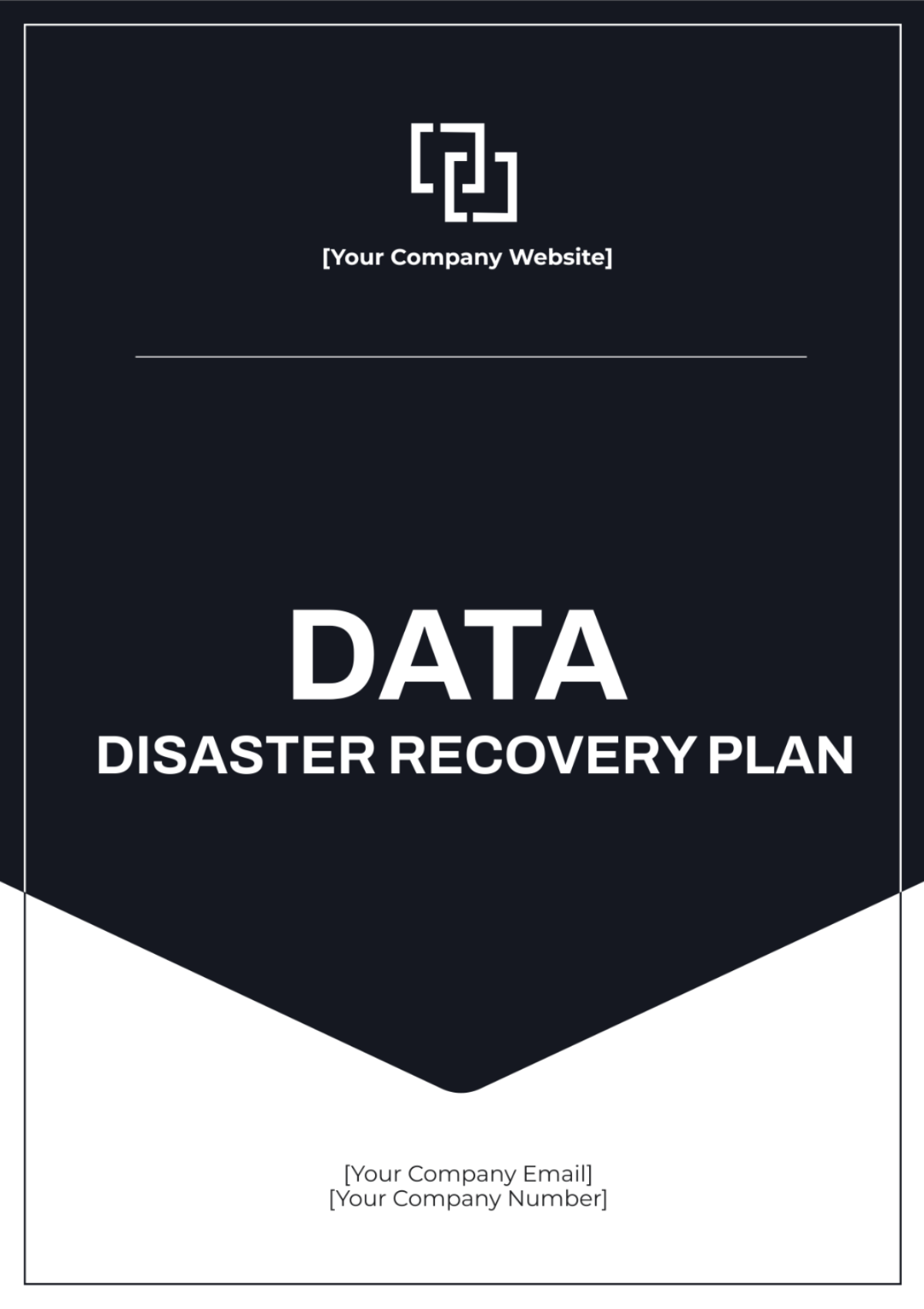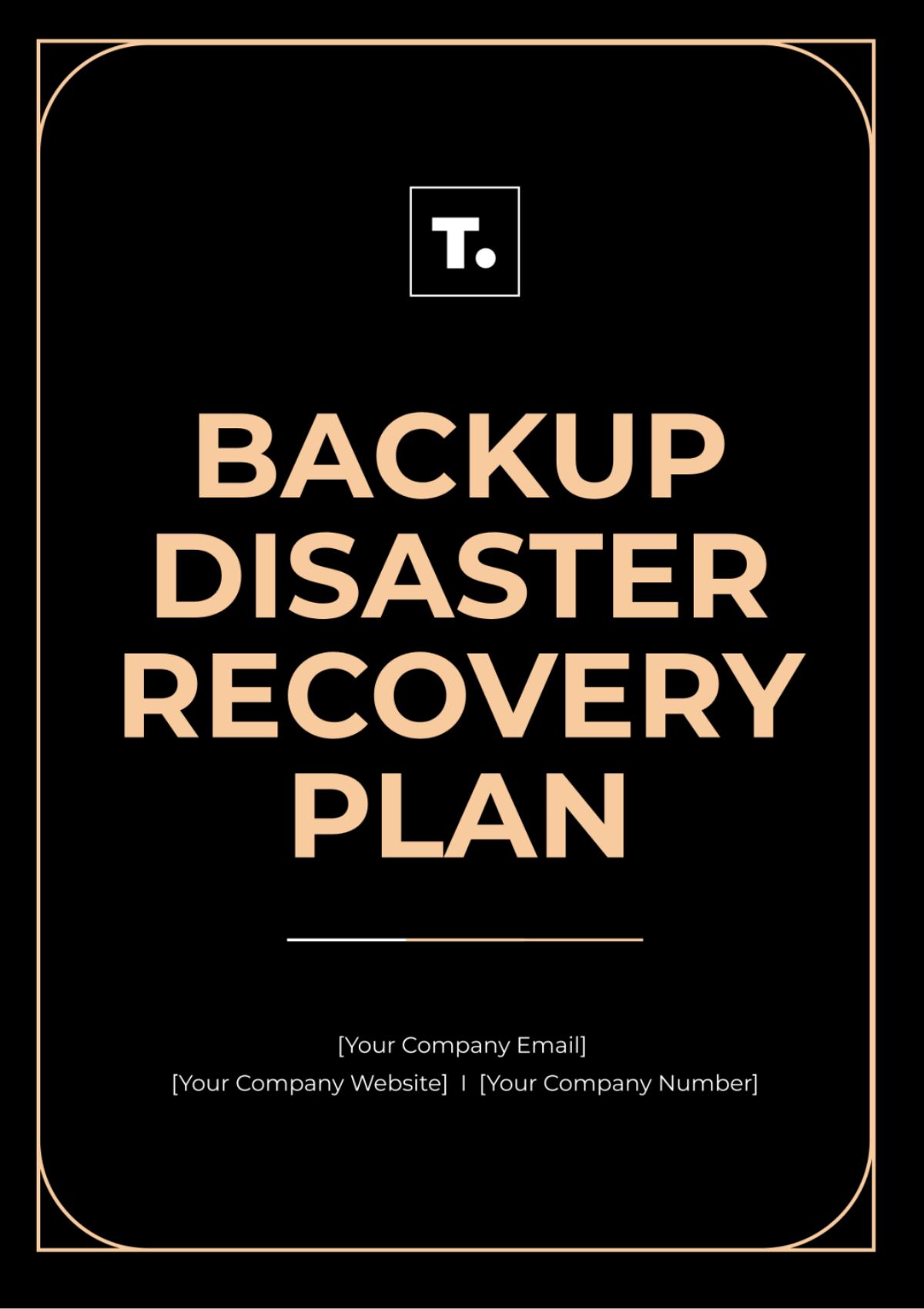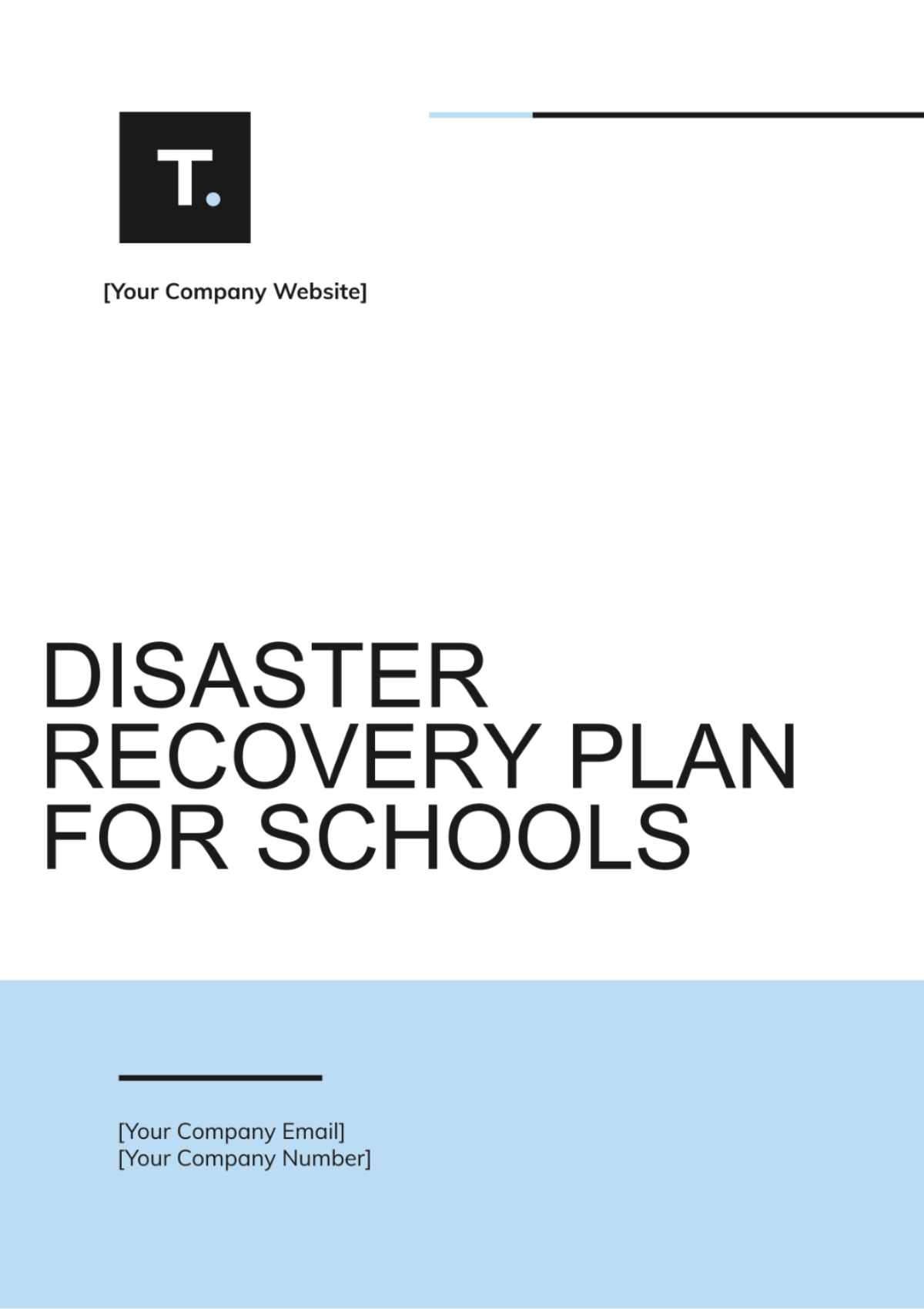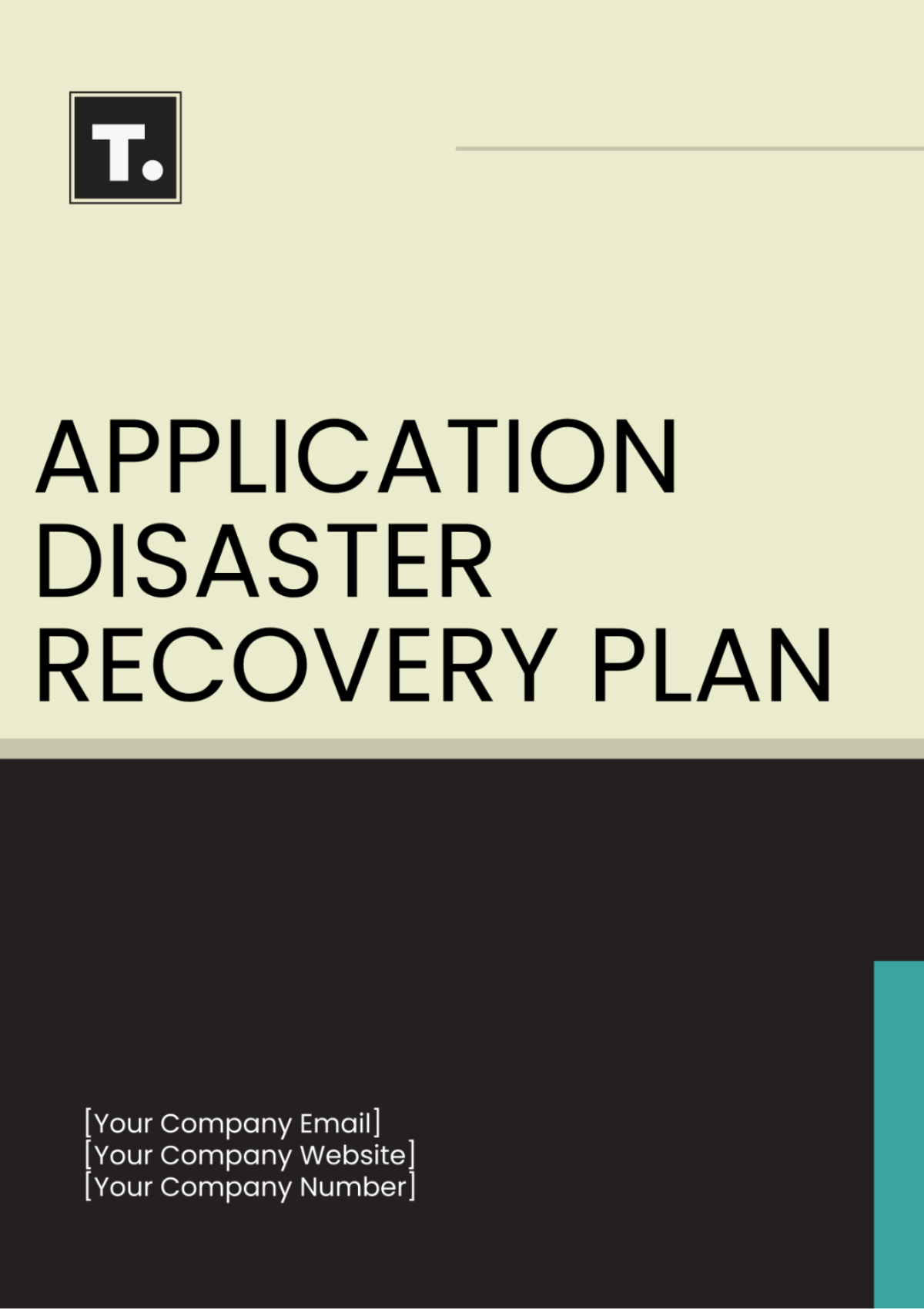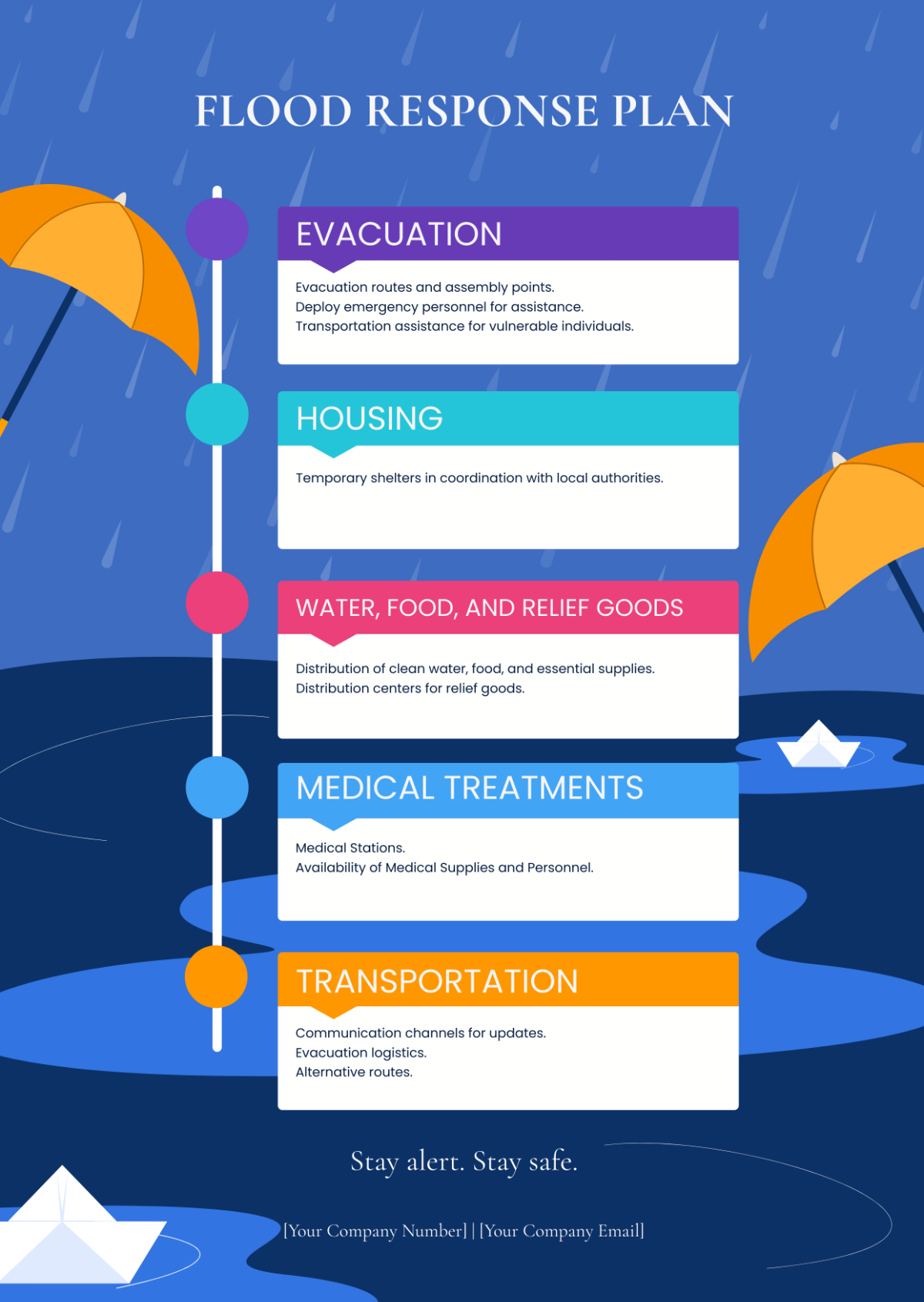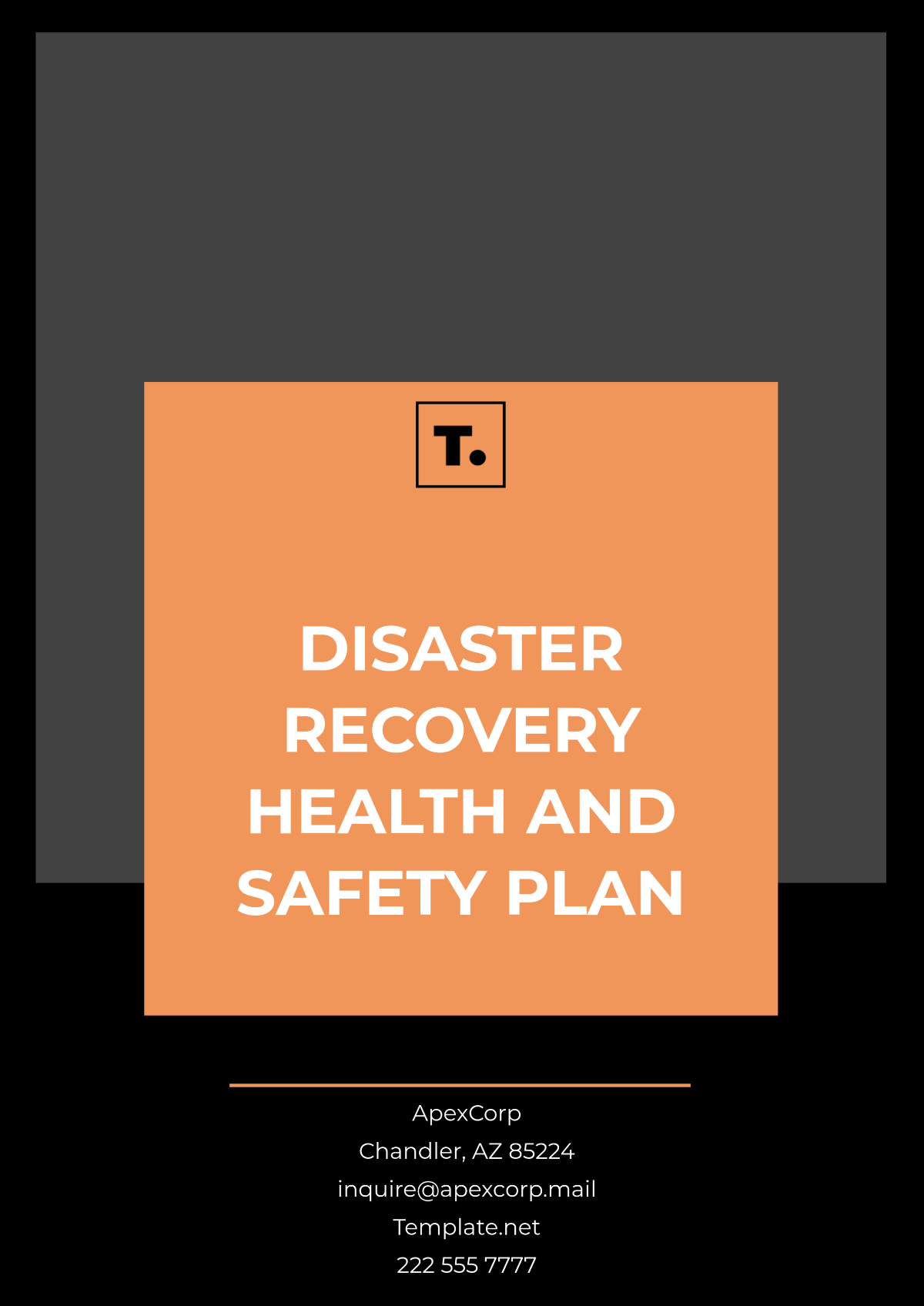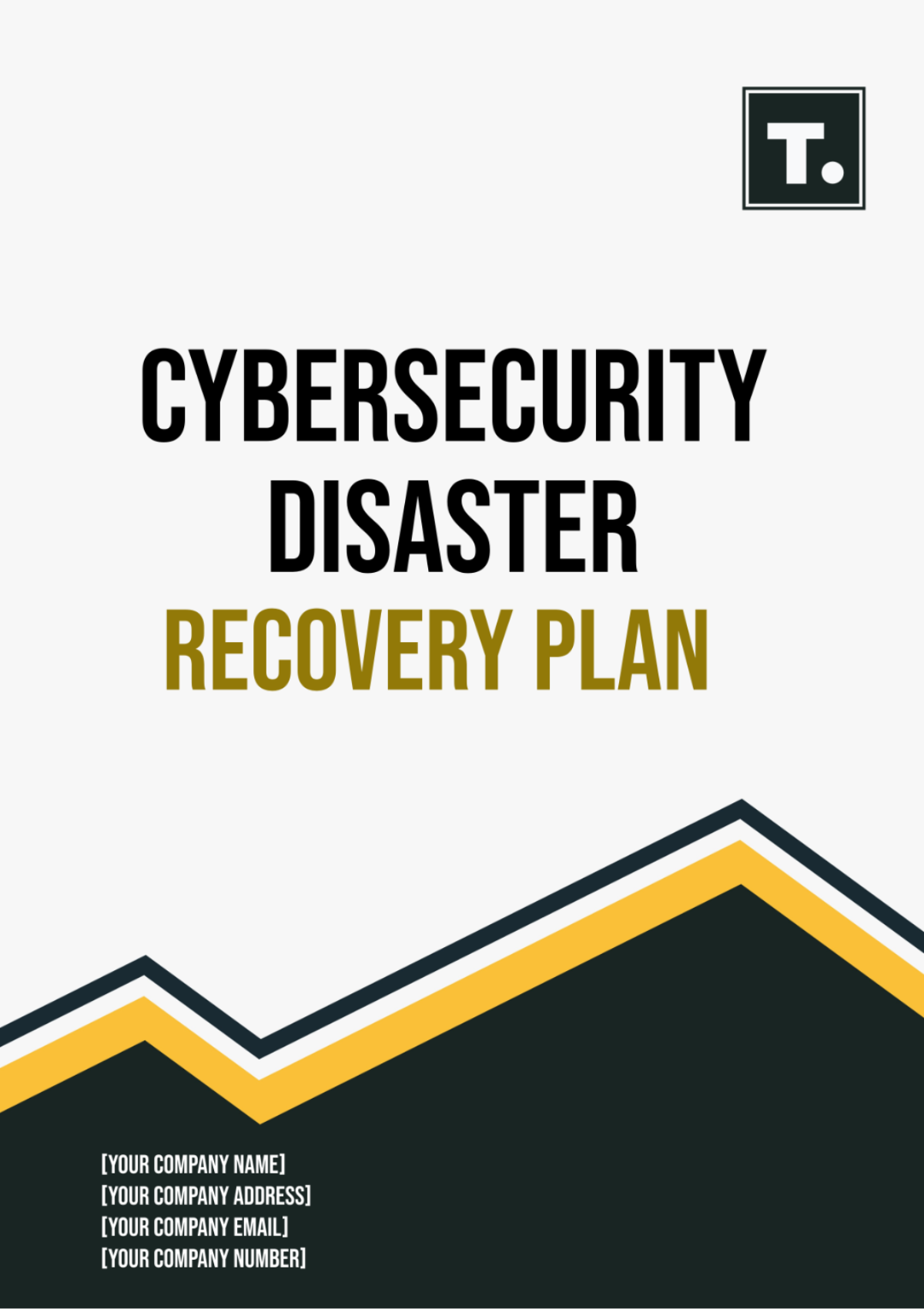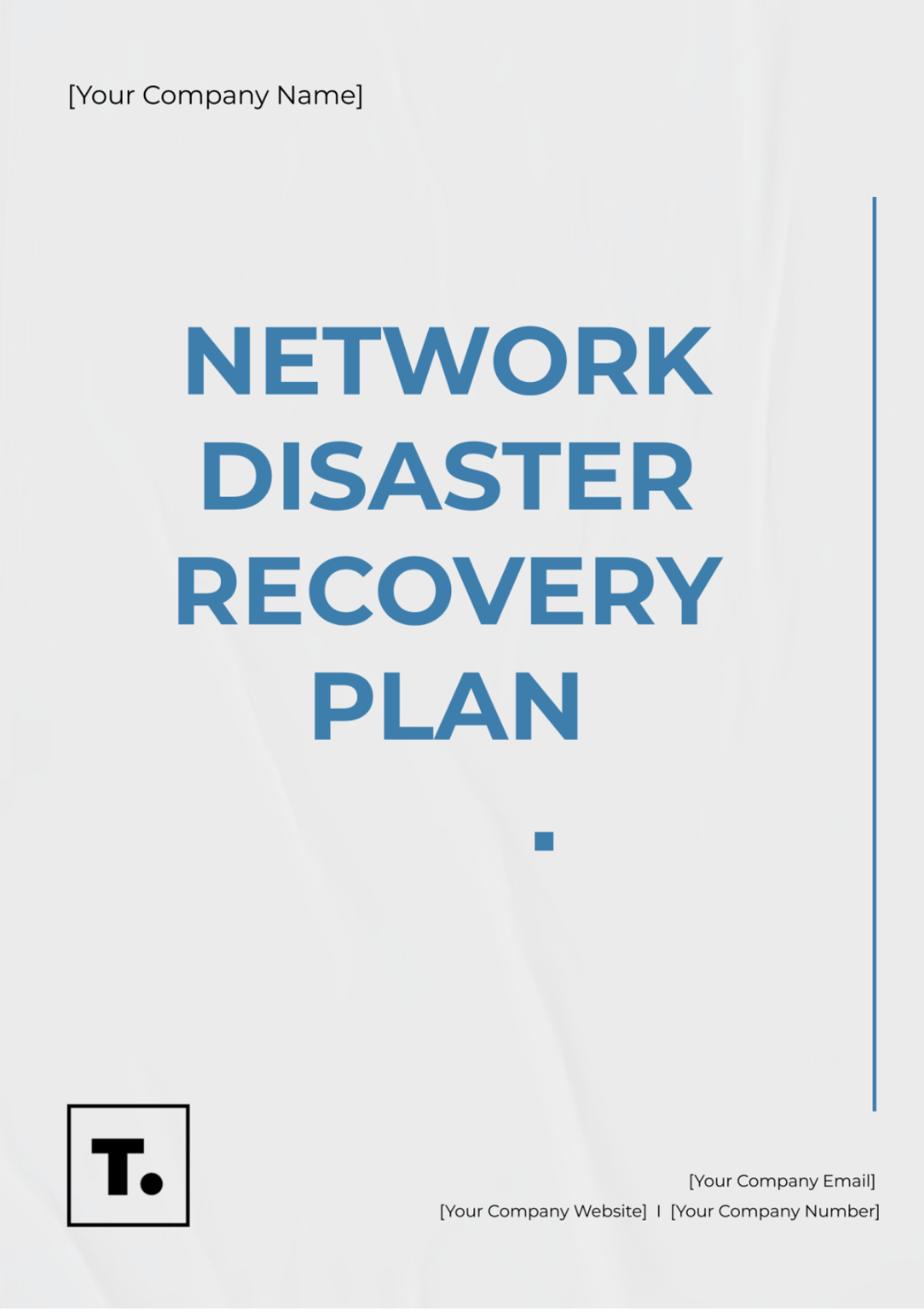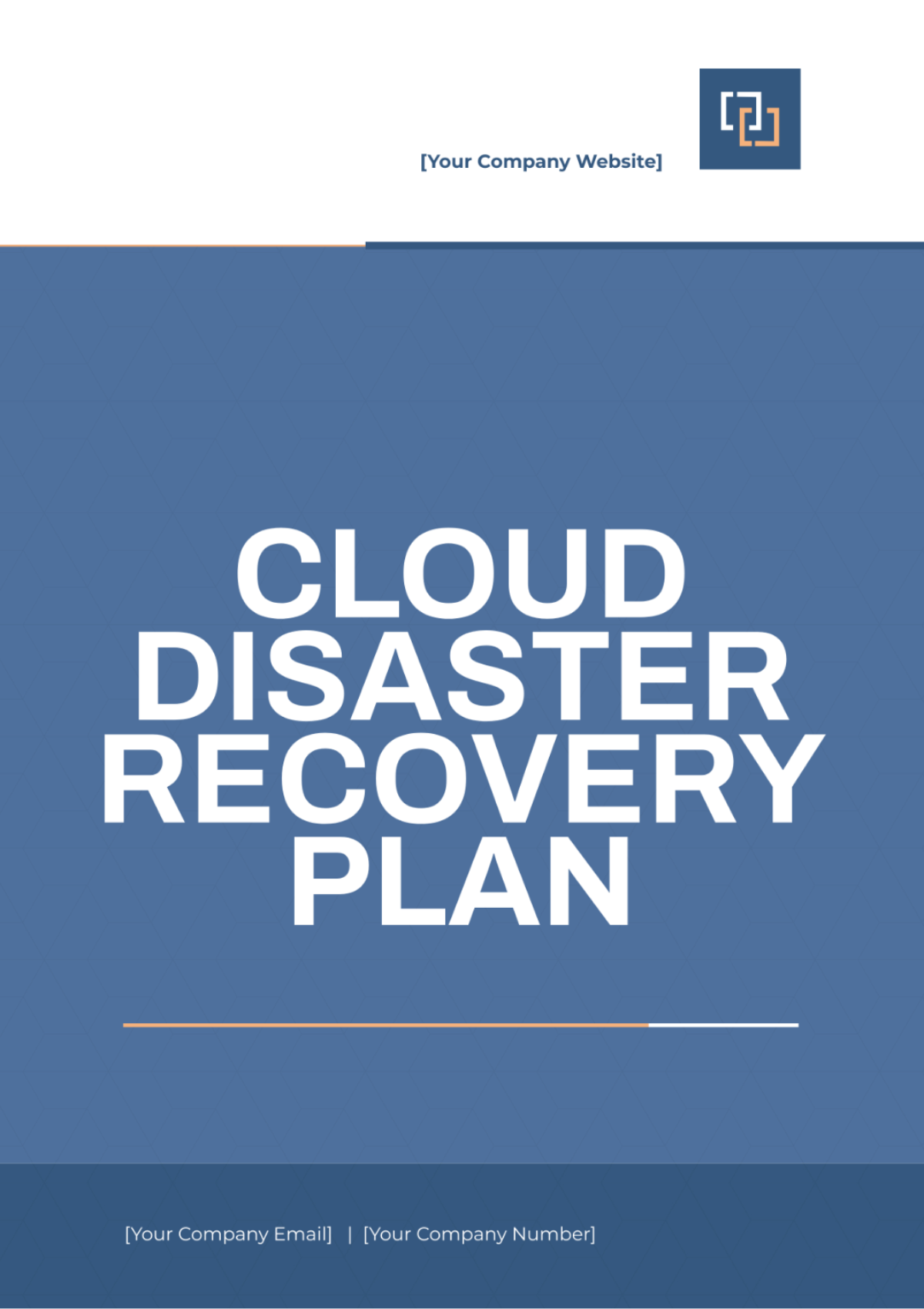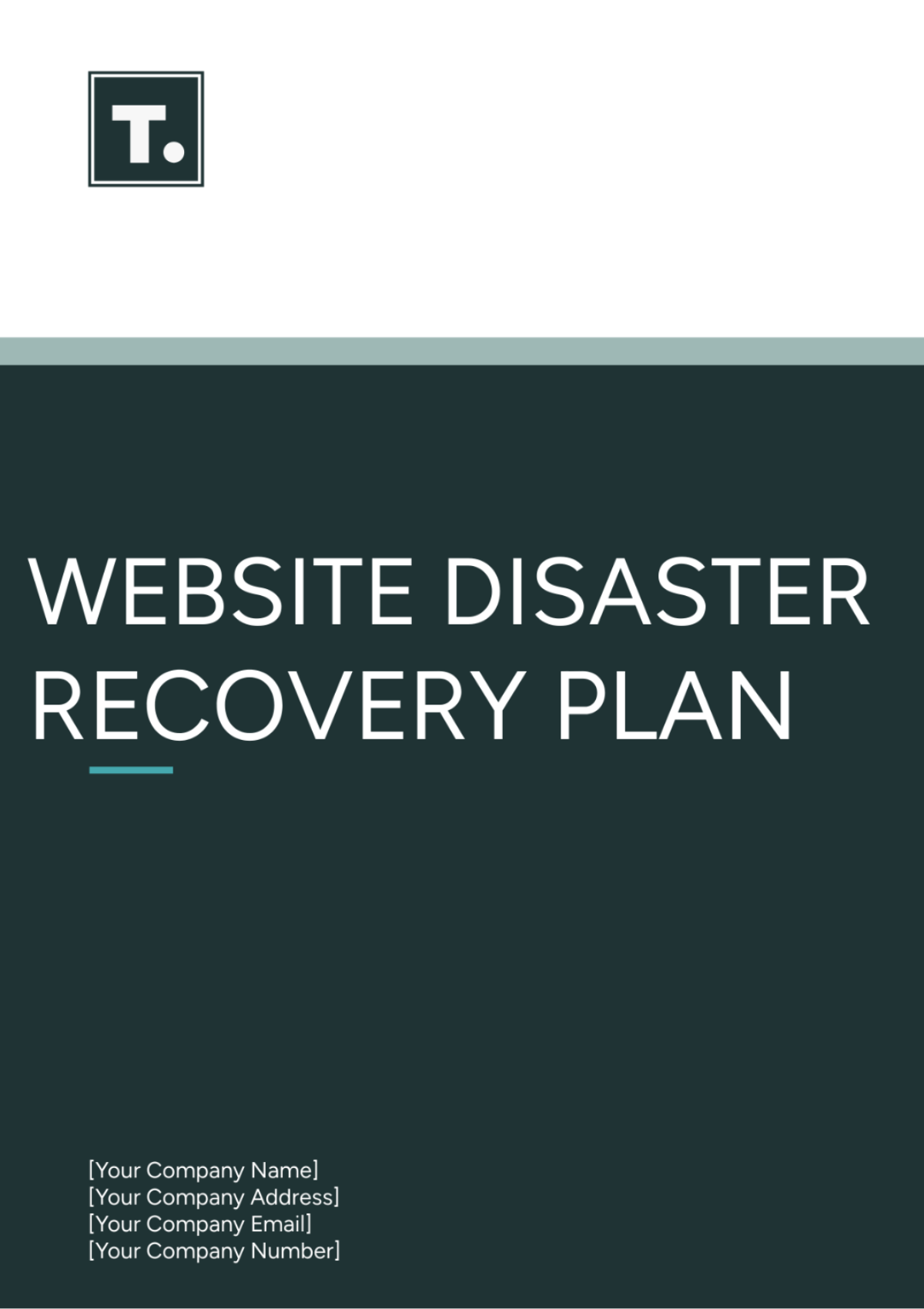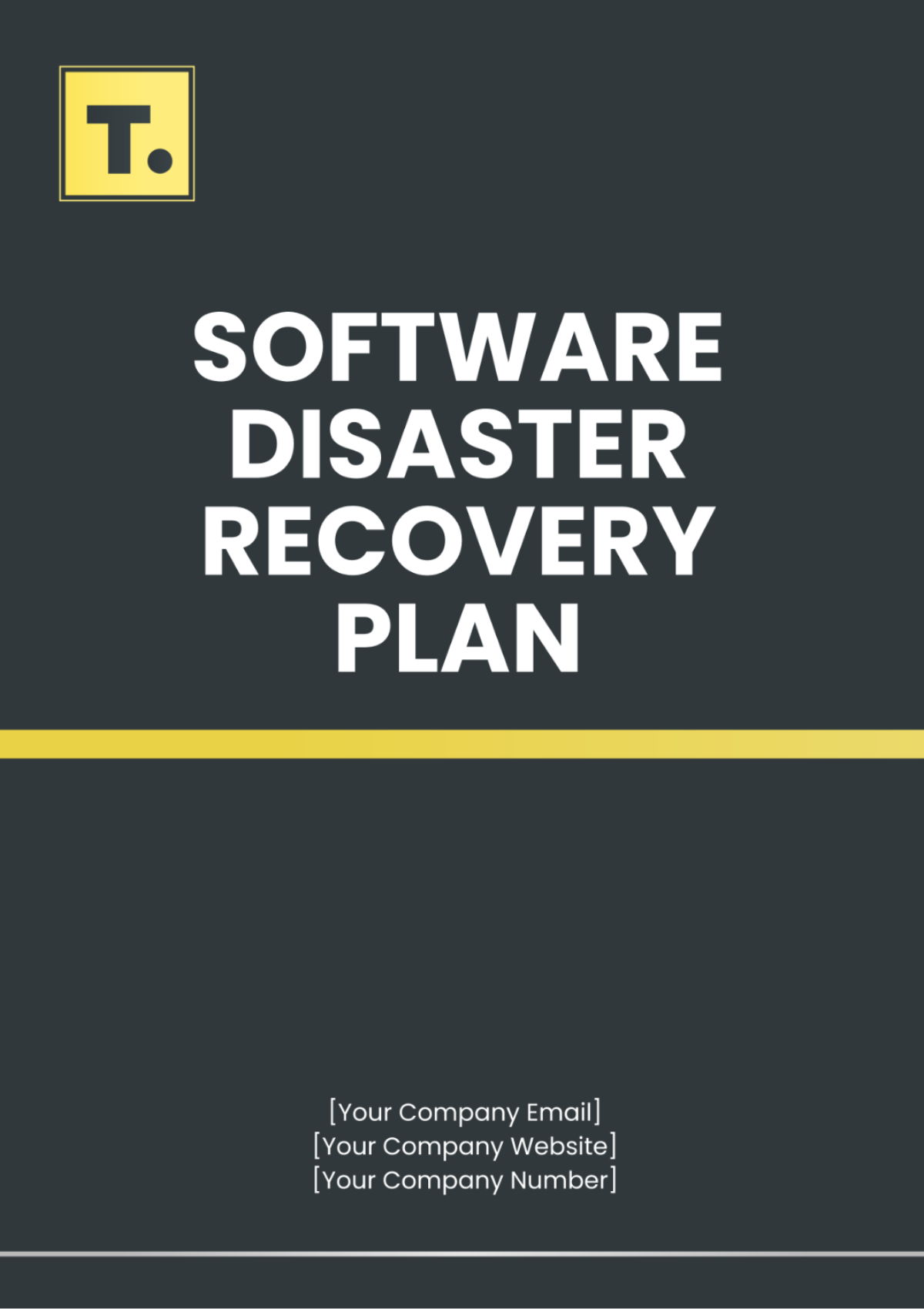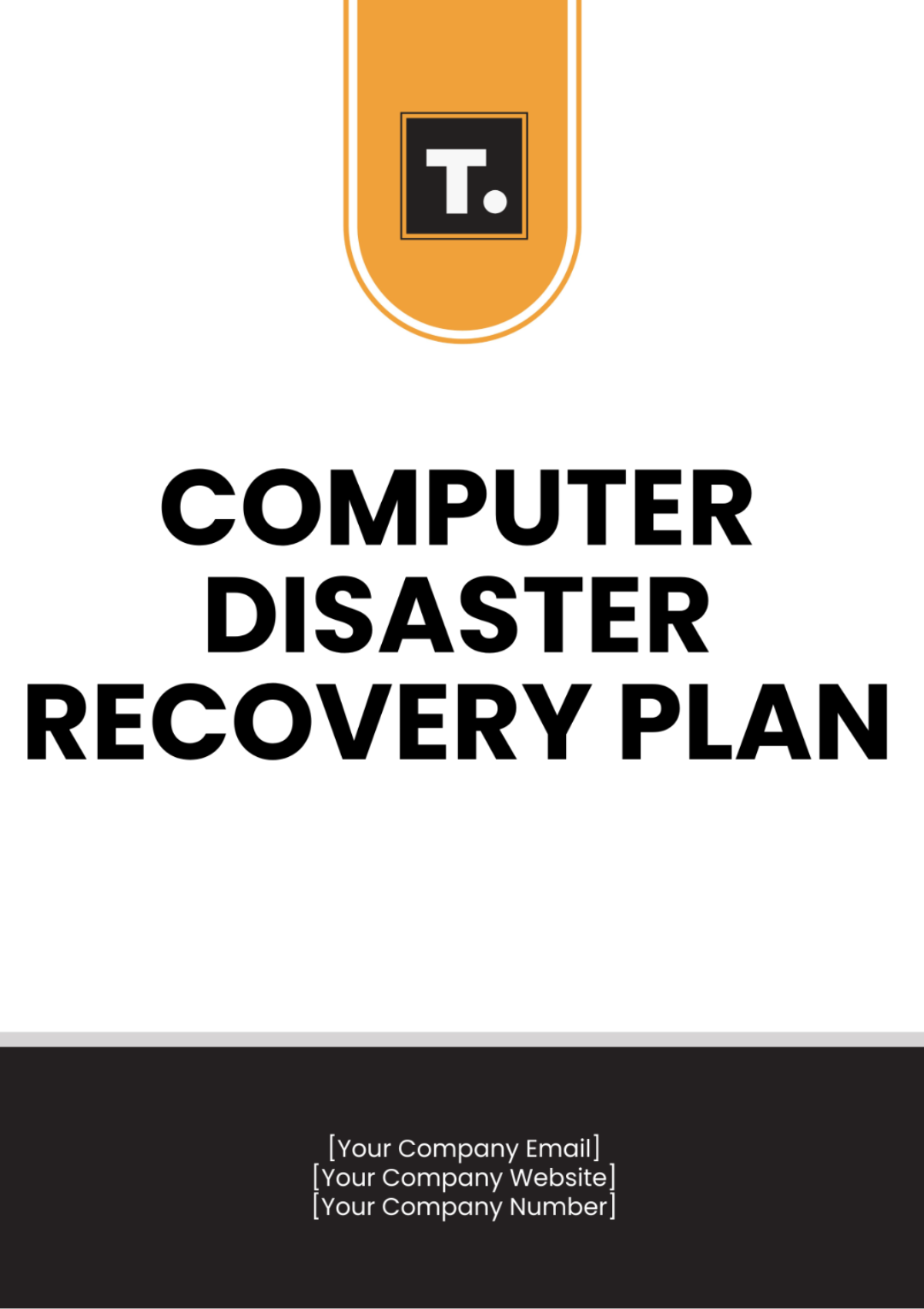Disaster Recovery Incident Response Plan
_____________________________________________________________________________________
_____________________________________________________________________________________
I. Introduction
The Disaster Recovery Incident Response Plan (DRIRP) of [Your Company Name] outlines procedures and protocols to be followed in the event of a disaster or significant incident that disrupts normal business operations. It aims to minimize the impact of the incident, restore operations swiftly, and ensure the safety of personnel and assets.
_____________________________________________________________________________________
II. Scope and Objectives
The scope of this plan covers all departments and personnel within [Your Company Name] and applies to all potential disasters or incidents that could disrupt operations.
The objectives include:
Ensure the safety and well-being of employees, customers, and stakeholders.
Minimize disruption to critical business functions.
Protect company assets, data, and reputation.
Restore normal operations efficiently and effectively.
_____________________________________________________________________________________
III. Roles and Responsibilities
Roles | Responsibilities |
|---|---|
Executive Management | Provides overall guidance and support during the response and recovery efforts. |
Incident Response Team | Coordinates response efforts, assesses the situation, and implements necessary actions. |
IT Department | Ensures the integrity of IT systems, data backup, and recovery processes. |
Security Team | Monitors and addresses any security threats or breaches during the incident. |
Human Resources | Communicates with employees regarding safety measures, work arrangements, and support services. |
Communications Team | Manages internal and external communication channels to keep stakeholders informed. |
Facilities Management | Assesses and addresses any physical damage to facilities and infrastructure. |
_____________________________________________________________________________________
IV. Incident Classification and Escalation Procedures
Incidents are classified based on severity and impact, with corresponding escalation procedures for each level. Classifications may include minor, significant, and critical incidents, with predefined thresholds and response protocols.
_____________________________________________________________________________________
V. Communication Plan
Internal Communication
Utilize company-wide communication channels, such as email, intranet, and messaging platforms, to disseminate information and instructions.
External Communication
Designate spokespersons to communicate with external stakeholders, including customers, suppliers, media, and regulatory agencies.
_____________________________________________________________________________________
VI. Incident Response Procedures
Initial Assessment
Assess the nature and extent of the incident, activate the incident response team, and initiate response protocols.
Containment and Mitigation
Implement measures to contain the incident and mitigate further damage or disruption.
Resolution
Execute recovery and restoration procedures to bring systems and operations back to normal.
Post-Incident Review
Conduct a thorough review of the incident response efforts to identify lessons learned and areas for improvement.
_____________________________________________________________________________________
VII. Backup and Recovery Processes
Regularly back up critical data and systems to offsite locations or cloud-based platforms. Establish recovery time objectives (RTOs) and recovery point objectives (RPOs) for different systems and applications. Test backup and recovery procedures regularly to ensure effectiveness.
_____________________________________________________________________________________
VIII. Testing and Maintenance Schedule
Schedule regular drills and exercises to test the effectiveness of the DRIRP and ensure all personnel are familiar with their roles and responsibilities. Conduct periodic reviews and updates to reflect changes in technology, personnel, or business processes.
_____________________________________________________________________________________
IX. Training and Awareness Programs
Provide training and awareness programs to educate employees about disaster preparedness, response procedures, and their roles during an incident. Ensure all personnel are equipped with the necessary skills and knowledge to respond effectively.
_____________________________________________________________________________________
X. Documentation and Reporting Requirements
Maintain detailed documentation of all incidents, response activities, and outcomes. Report incidents to relevant stakeholders, regulatory agencies, and insurance providers as required. Keep records of lessons learned and recommendations for future improvements.
_____________________________________________________________________________________
XI. Appendices
Contact Lists
Contact information for key personnel, emergency services, vendors, and external partners.
System Inventories
Inventory of hardware, software, and network infrastructure.
Recovery Site Information
Location and specifications of alternate recovery sites or data centers.
_____________________________________________________________________________________

